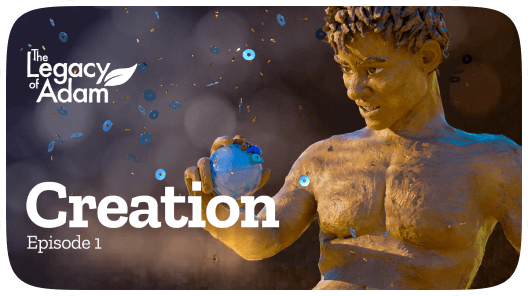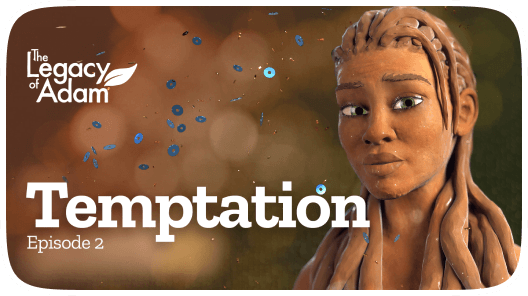Bring Legacy of Adam
to
Life with Henna
Experience the beauty of our henna art – each design tells a story. Try it on your own hand, share your photo, and tag us on social media! Henna herbs are usually available from your local grocery.

1.Flowing Water In the beginning, the universe was formless and empty. God brought order out of chaos, creating the heavens and the earth by His word. Everything that exists flows from His power, much like life-giving water.This is a symbol of God’s creative act, where He speaks, and life springs forth from what was once only void.
Add water representing the river where David found rocks to defeat Goliath. Though hunted by King Saul’s jealousy, David’s trust in God allowed him to rise despite seeming powerless. These stones highlight that God often uses the simplest tools—and the humblest people—to topple formidable giants and guide a nation forward.
3. David’s Rise to Kingship
Show David transforming from fugitive shepherd to a unifying king with a crowned heart. Overcoming Saul’s hostility and personal fears, he eventually united the twelve tribes, drawn as 12 flowers. However, his journey involved human failings,
including the grievous sin involving Bathsheba. Still, God’s grace upheld the throne—an enduring sign that even frail leaders can further a divine plan.
Depict Israel brimming with prosperity under David’s reign with ornaments: bountiful fields, thriving flocks, and a capital city at peace. Despite internal conflicts and personal mistakes, David’s devotion to God ushered in an age of blessings. This flourishing scene underscores how faith and repentance can restore hope, even in the aftermath of moral failures.
Conclude by drawing a star, pointing to God’s oath of a lasting royal lineage. David’s house, though marred by sin and struggle, was destined to yield a future King who would bring true, endless peace.
The King
Begin by sketching a horn, symbolizing how the prophet Samuel unexpectedly chose the youngest of Jesse’s sons to be Israel’s next king. Though overshadowed by older brothers, David—just a shepherd—was handpicked by God. This horn stands for that divine calling and foreshadows the mighty journey awaiting an unlikely hero.

1.Flowing Water
In the beginning, the universe was formless and empty. God brought order out of chaos, creating the heavens and the earth by His word. Everything that exists flows from His power, much like life-giving water.This is a symbol of God’s creative act, where He speaks, and life springs forth from what was once only void.
Add water representing the river where David found rocks to defeat Goliath. Though hunted by King Saul’s jealousy, David’s trust in God allowed him to rise despite seeming powerless. These stones highlight that God often uses the simplest tools—and the humblest people—to topple formidable giants and guide a nation forward.
3. David’s Rise to Kingship
Show David transforming from fugitive shepherd to a unifying king with a crowned heart. Overcoming Saul’s hostility and personal fears, he eventually united the twelve tribes, drawn as 12 flowers. However, his journey involved human failings,including the grievous sin involving Bathsheba. Still, God’s grace upheld the throne—an enduring sign that even frail leaders can further a divine plan.
Depict Israel brimming with prosperity under David’s reign with ornaments: bountiful fields, thriving flocks, and a capital city at peace. Despite internal conflicts and personal mistakes, David’s devotion to God ushered in an age of blessings. This flourishing scene underscores how faith and repentance can restore hope, even in the aftermath of moral failures.
Conclude by drawing a star, pointing to God’s oath of a lasting royal lineage. David’s house, though marred by sin and struggle, was destined to yield a future King who would bring true, endless peace.
The King
Begin by sketching a horn, symbolizing how the prophet Samuel unexpectedly chose the youngest of Jesse’s sons to be Israel’s next king. Though overshadowed by older brothers, David—just a shepherd—was handpicked by God. This horn stands for that divine calling and foreshadows the mighty journey awaiting an unlikely hero.
What is Henna?
Henna art in African culture is a beautiful tradition where people use a natural dye to create temporary designs on their skin, especially hands and feet. These designs aren’t just pretty patterns; they often have special meanings, like bringing good luck or protection. The art style changes from region to region, with North Africa using detailed geometric patterns, West Africa using unique line techniques, and the Horn of Africa favouring flowing, floral designs. Henna is very important during celebrations like weddings, where brides get elaborate designs. It’s a way to show cultural identity and pass down traditions through generations, making it a significant part of African heritage.
Henna Gallery








